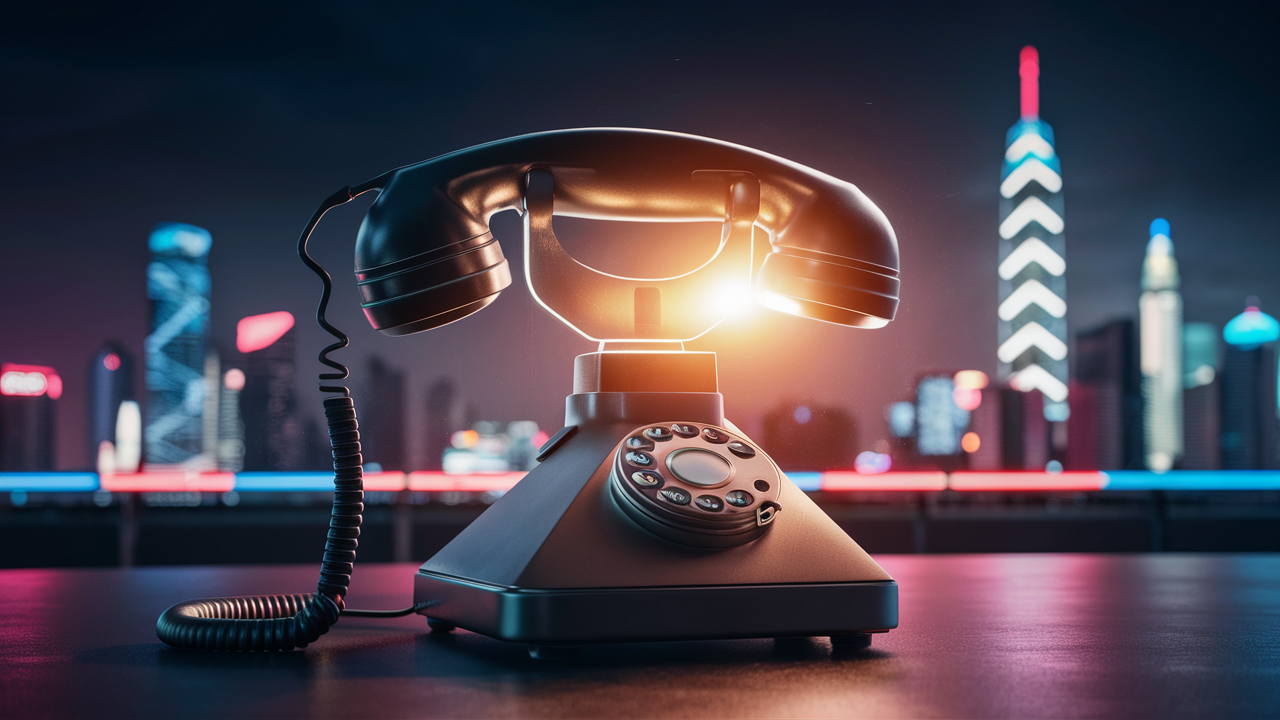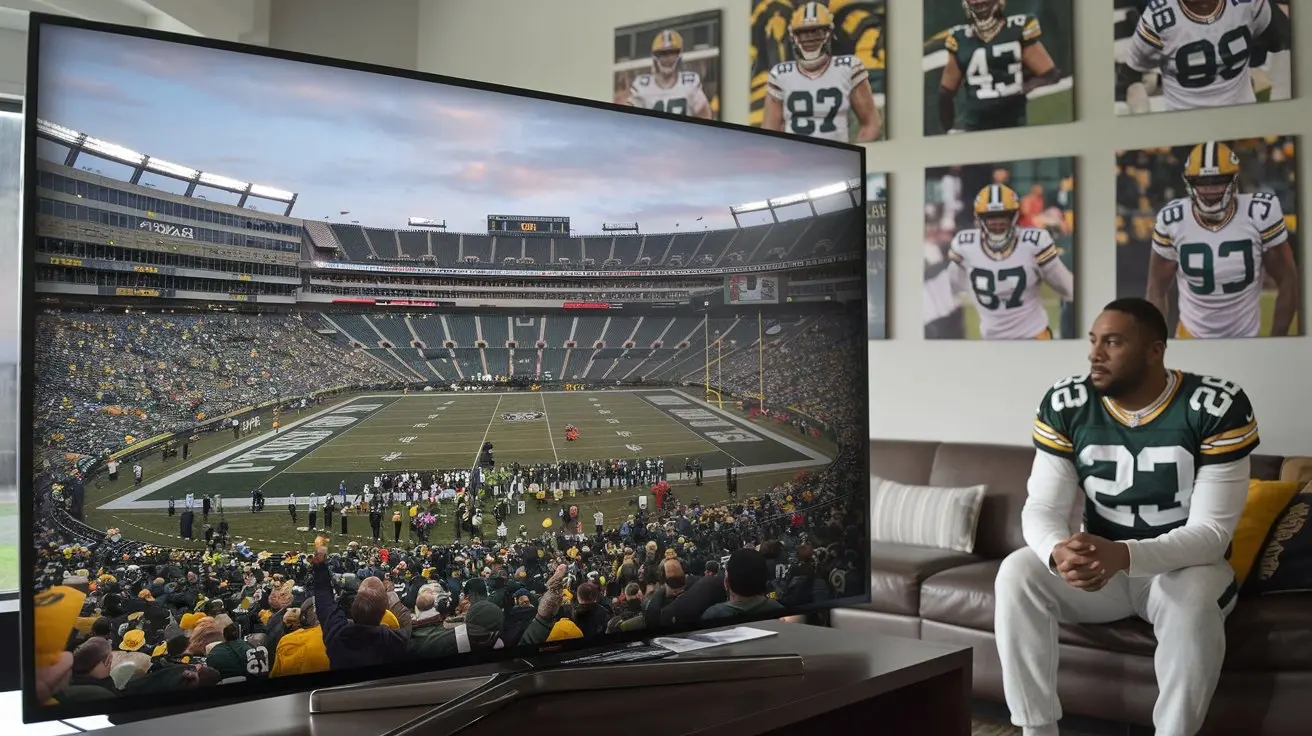What happens when landlines go digital?

The old-fashioned wired telephone system we have been using was established over a century ago. But technology does not cease to develop, and the previous analog system, associated with copper wires, is shifting to a new digital one. Well, what does this transition involve? In what way will it affect telephone customers and providers? So let me explain in detail.
The Move to Digital
Old-fashioned telephone systems employ an analog signal carried through copper telephones to link the calls. Analog technology has come a long way in the decades past, but it has its drawbacks as well. Digital signals have better voice quality, are easily switched and controlled, and let the telephone companies offer phone, Internet, and TV internet service at once.
A large number of telephone companies are in the process of replacing the older analog networks with all digital and this process is known as the PSTN Digital Transition. This includes installing new systems in telephone exchanges and replacing copper wires with high-speed cable fibers. Some key impacts of this shift.
- Improved call quality. Digital signals are represented in the form of numbers and do not undergo significant loss over distance. This facilitates excellent call quality for customers who use the traditional fixed-line phone.
- Intermittent power availability with a dependable substitute service. Analog phones use circuit-switching technology to link calls and cease to be operational if there is a power outage in the local telephone exchange. Digital services need controllers and backup batteries, so the phones can continue functioning for days with no commercial electricity.
- Bundled service offerings. Digital technology enables providers to bundle landline calling with internet, TV, and other services at cheaper prices, known as the triple play.
- Enhanced features. Digital systems help to incorporate some of the modern functions such as voicemail to email, business call connections, or even easier configurations of a home phone.
The Downsides
While digital landlines provide major advancements, the transition does come with some downsides.
- Service interruptions: Completing the switch from old analog networks to new digital networks means that certain small disruptions in service will occur. Understanding the type of disruption that providers attempt to avoid is crucial, but problems may occur.
- Cost of upgrading: The sheer scale of infrastructure conversion to support all-digital entails significant capital expenditure from telephone companies. Upgrades are inherited as higher monthly bills for some by any chance.
- Obsoleting old landline phones: Regular nondigital landline phones that are not compatible with digital signals fail. Customers may be required to upgrade terminals.
- Loss of legacy services: For instance, some of the fairly rare analog services like fax machines, medical alert systems, and the emergency lines connected to elevator phones just don’t work properly on digital, but need converters.
Well, What about the Landline Number Portability?
One of the key issues often raised is the issue of number portability. may customers retain their existing landline telephone number? The answer is yes. Telephone service providers are obliged to allow the porting of landline phone numbers much like cell phone numbers. This means that a user can change his or her telephone company and port the number to the new company of his or her choice without changing the digits.
Porting numbers does entail the need to communicate with the old and the new telephone company more directly especially when changing service providers. Assigning actual numbers on the back end is a little more challenging in an all-digital environment. Thus, while keeping your number is perfectly fine, it does not make the switching process as simple as it used to be in the analog days.
The Bottom Line
The change from the old analog system to an all-new digital wired telephone system of the future has its advantages but equally has its fair share of disadvantages. Mobile phone providers have to be very careful in the way they embrace this technology shift without necessarily aggravating the customer. Users may be required to replace some of the internal equipment after some time. However, digital lays the foundation for dramatic improvements in the quality of calls and the systems making them possible, as well as bundled services.
Thus, as we say goodbye to the reliable but old copper wires, the landline still has its place even in a world dominated by digital technology. Telephone firms remain keen on developing new and sophisticated wireline networks. This bodes well for both the telephone providers who are struggling to stay relevant as well as clients who still rely on home or office-based non-mobile corded telephones in day-to-day activities.
Upgrade to faster, more reliable AT&T Fiber Internet today! Call us at +1 844-905-5002 and get connected with speeds that keep you ahead.



